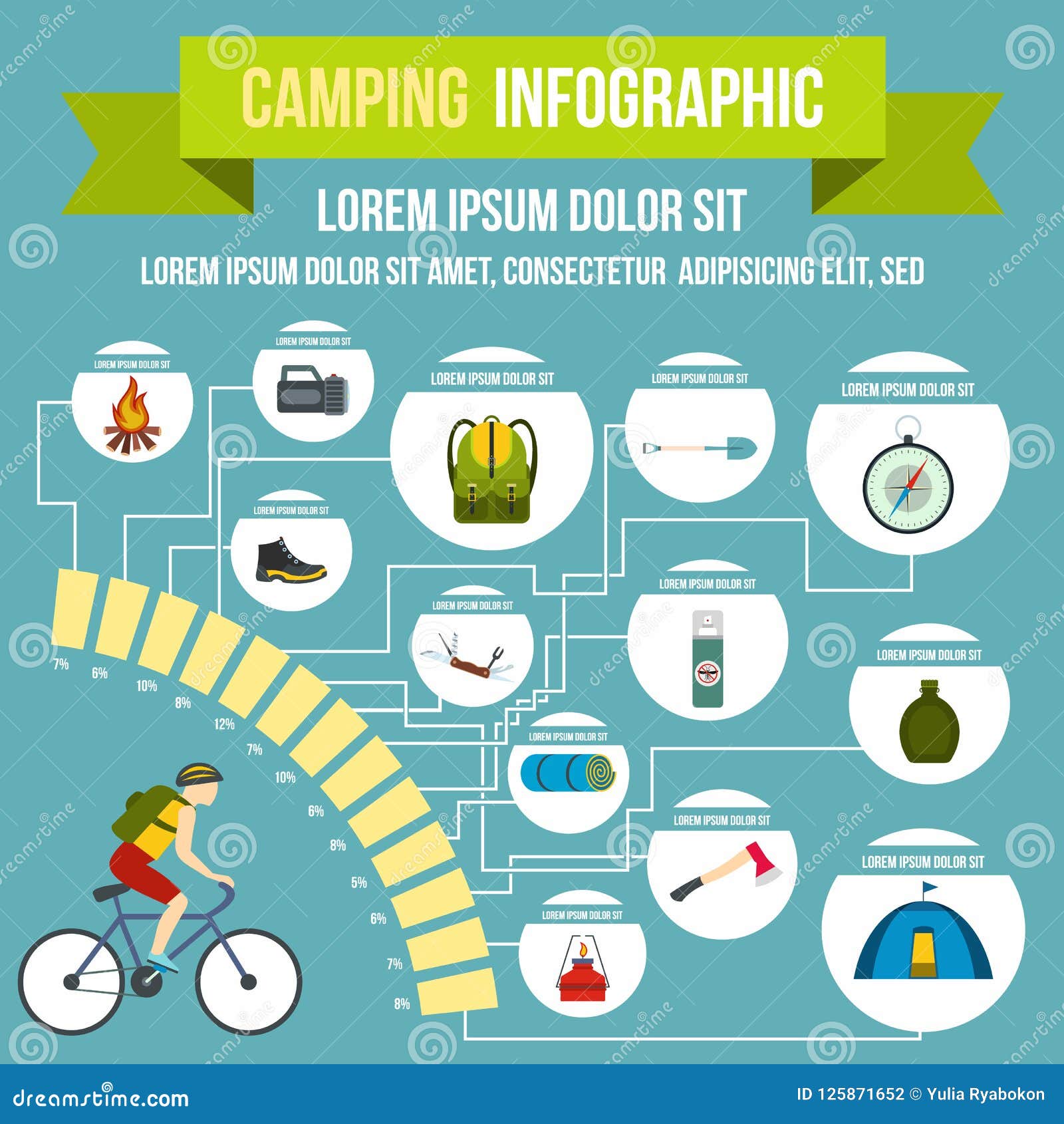Wall Tents And Westward Expansion In America
Benefits and drawbacks of Plastic Vs. Canvas Outdoor Tents FloorsWhile several campers concentrate on an outdoor tents's canopy to protect them from rain, snow, and insects, the outdoor tents floor is just as essential. A top quality floor uses defense from standing water, soaked mud, and sharp rocks.
At White Duck Outdoors, we provide free-floating vinyl floors that are tailored to each camping tent dimension. This allows you to select a flooring liner or utilize your very own canvas tarp as a lining.
Resilience
There are various sorts of floors offered for wall surface outdoors tents. Free-floating floorings are different pieces that you lay on the ground prior to constructing the tent, making them simple to establish. A sewn-in floor is a bit a lot more complicated, however it uses superb protection from water and insects.
Nonetheless, the best choice is an outdoor tents floor liner. A lining is thick and pressures any water or insects to go under the flooring rather than through openings in the camping tent. It additionally lowers the amount of dirt that enters the outdoor tents, making it simpler to clean up and keep.
All White Duck Outdoors wall tents include a free-floating flooring consisted of, so you do not need to stress over purchasing and setting up one independently. We understand the significance of being able to personalize your space and make camping more pleasurable. The free-floating floor makes the camping tent less complicated to carry, clean and store, luxuries that sewn-in or 3/4 floors do not give.
Climate Resistance
When choosing a protective cover for industrial or logistical objectives, climate resistance is often an important element. Canvas tarps are typically made from natural materials, while vinyl tarps feature sophisticated polymer engineering. This difference in structure leads to considerably various efficiency attributes, upkeep demands, and appropriate applications.
Vinyl tarps are optimal for long term industrial protection due to cotton canvas their resilience, water resistant features and chemical resistance. They additionally provide great UV security and are lighter than canvas tarps. These homes make them the favored option for covering devices and building short-term structures.
Easy Maintenance
The durability of plastic floorings and their resistance to deterioration translates into minimal maintenance needs. Wipe-downs with light soap and water suffice to maintain them looking clean, while stubborn stains can usually be gotten rid of without much initiative.
In contrast, canvas covers are most likely to absorb moisture with time, causing mold and mildew development otherwise effectively dried out or dealt with. Additionally, they may require even more regular waterproofing treatments to maintain their safety buildings.
Furthermore, a woven fabric like cotton is prone to puncturing and tearing with time, making it a lot more vulnerable to harm from sharp things or rough surfaces. Plastic is engineered to stand up to these dangers more effectively, positioning it as a premium option for heavy-duty defense applications. Furthermore, its synthetic parts use exceptional toughness and long life contrasted to canvas products. Consequently, they commonly have a reduced environmental footprint in regards to manufacturing and disposal. They additionally have a tendency to have a more functional personalization capacity, promoting the consolidation of complex designs and color pattern.
Environmental Influence
Just like all products, it's important to recognize the environmental account of each material. This consists of every little thing from basic materials sourcing and production processes to use durability and end-of-life disposal options. This info allows organizations to make smarter choices that straighten with sustainability goals while satisfying operational needs.
Sailcloth naturally straightens with eco-conscious goals due to its naturally degradable nature and lower manufacturing footprint. Its lighter weight converts to much less storage and transport needs. Its lowered maintenance demands and longer life expectancy better decrease total expenditures.
Plastic, on the other hand, relies on artificial components for its toughness and weather resistance. Its chemical therapies call for high energy input. Plastic's non-biodegradable properties additionally make complex recycling and waste monitoring procedures. Nonetheless, it does offer remarkable waterproofing and UV deterioration resistance to exterior environments.
